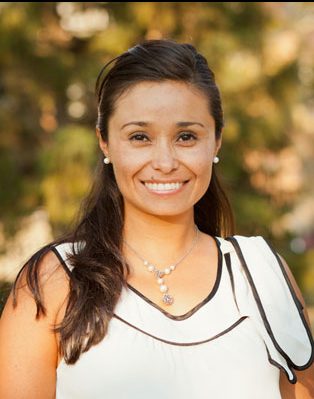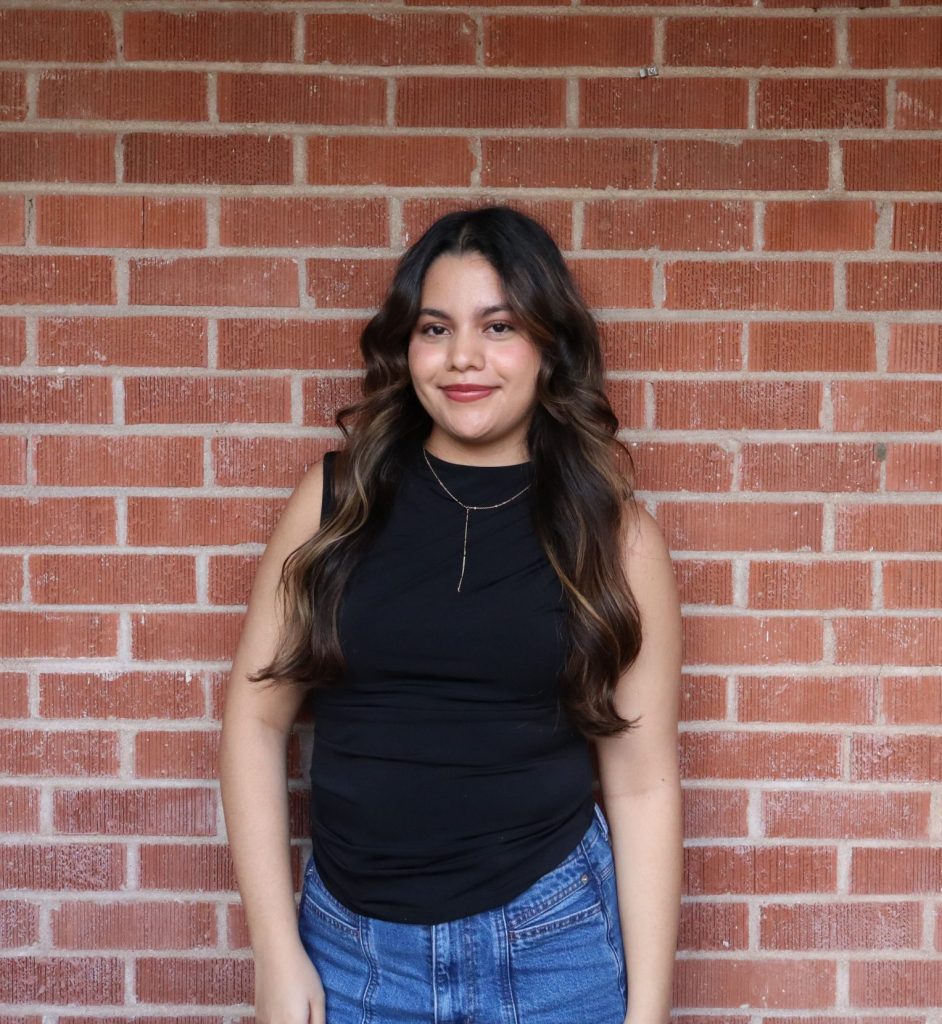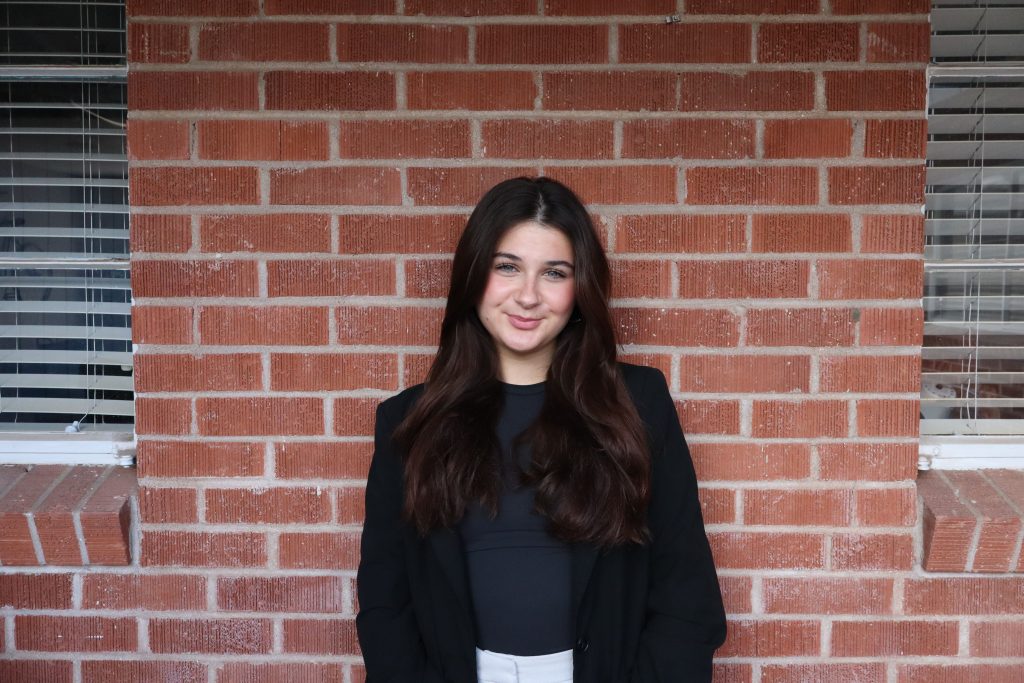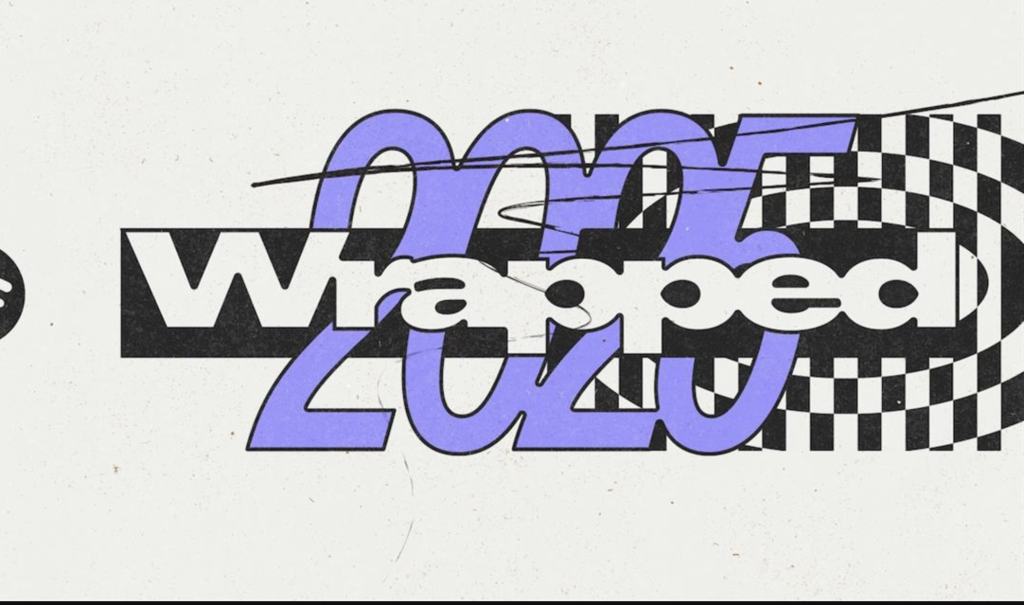This piece originally appeared in TechOhio’s featured stories.
We interview the founder of OYE! and Nativa
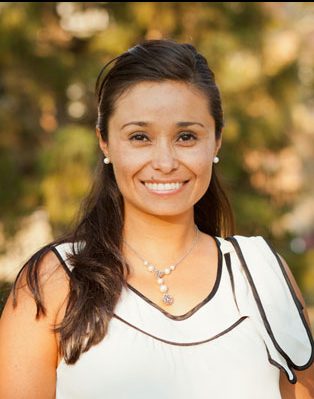
Natasha Pongonis’ path to entrepreneurship wasn’t quite a straight shot. Growing up in Argentina, the founder once studied architecture in Venice and dreamed of a life of design and travel. After discovering her passion for languages and communication, Pongonis’ next steps were simple: start two companies and revolutionize the multicultural market.
As the founder of OYE!, Pongonis and her team help companies understand their Hispanic consumers. Kroger, Square and Arizona State University and others are on board, and it’s no wonder she made her way to the White House round table discussion of Latina business owners.
Even at Nativa, her multicultural communications agency, Pongonis is busy providing insights for top brands while managing to find time to jet down to SXSW as the only woman on a panel about diverse founders. What’s next? Just OYE!:
What was your childhood like?
I was born and raised in Argentina by a single mom. My mom was truly a role model. She was a lawyer, and eventually she became a judge. I grew up admiring her as a female leader and wanted to fight and work hard for what I was passionate about. If you think in the 70s, we didn’t have a democracy. Seeing Argentina go from a dictatorship to a democracy and seeing how many people, especially females, were allowed to have a voice, was really important. And I think because of that, my mom planted that seed in my head of thinking outside the box and dreaming big.
You didn’t stay in Argentina though. I understand you traveled a lot?
From a very young age I started to travel and experience other cultures. I was 15 when I started traveling, and by 17, I left and went to Europe where I finished high school. I started college in Belgium, then came to The Ohio State University before going to school in Venice, and from that moment on I pretty much never stopped traveling. After I finished my thesis in Italy, I decided to come back to Ohio and the rest is history.
What was your first job?
I went to school to be an architect, and while I was completing my thesis at the University of Venice in Italy in architectural and urban planning, I got a job in an architectural studio in Padova. Because I spoke other languages, my role in that firm was really to help with marketing — with the business development, conducting interviews and reaching out to different magazines across Europe, to promote what we were doing in Italy. That’s when I found my passion and I realized that I wasn’t meant to be an architect. I truly loved that communication and marketing side, and the chance to build connections with different organizations and cultures.
I know you also founded Nativa. What were your goals there?
Nativa was founded in 2009 to help brands connect with Hispanic consumers. There was really a gap in that market. I was an immigrant to the United States, English is my second language, and my business partner, also Hispanic, was born and raised in the U.S. His background is very different from mine, but that was truly what these brands were trying to go after. So that’s why we founded Nativa to help organizations better reach the Spanish speaking, the bilingual, and the English-speaking Hispanic consumer.
So, what were you hoping for when you founded OYE! How has that changed over the years?
Actually, we never thought about creating a new company. We were working with all these different organizations and we started to see an increase in the demand for data to really get deep in the minds of the consumer. We reached out to several data analytics companies, social listening companies, asking for technology so we can better understand the voices of the multicultural consumer. And that’s when we found a wall in front of us.
Then what?
None of the elite companies were interested in really going after that demographic or being able to tune their technology for that. We actually had several clients lining up, and I’m talking about Fortune 500, Fortune 100 clients that were demanding that data. So, we saw an opportunity, and we decided to just go after it and develop a technology that was able to identify the consumer regardless of the language they speak, and focus on what their background is, their ethnicity, the culture within those voices. And that’s how OYE! was created. Neither my business partner or I had the technology background. We don’t know how to code, we don’t know how to do big data analytics, but we understood the market, we understood the need, and we understood the path to create a relevant technology.
So, you eventually decide to come back to Ohio. How has the Midwest shaped your attitude toward business or company culture?
I learned very early on was how important it is to reach out and develop relationships and connections. So, really taking advantage of some of the organizations that we have in Ohio like Ohio Third Frontier’s network with Rev1Ventures, Jumpstart, and reaching out to large companies like Nationwide Insurance, Big Lots and Chase Bank. By establishing connections, we’re still able to create innovative solutions regardless of where we’re located.
What has been your biggest setback and how did you overcome it?
Being a female entrepreneur it’s no secret that we don’t get as much access to funding. So, it’s been a challenge to put ourselves out there. We’ve approached it a variety of ways. We’ve applied for grants and had access to capital, but we also like being in control of our business, so we’ve maintained some autonomy by bootstrapping our company and reinvesting money back into the business — so that’s one way we’ve overcome that disparity.
As you look to the future, what gets you most excited about leading OYE? Where do you hope it will go?
What gets me out of bed in the morning is the excitement of running the company and launching our new product. Knowing that we’re making a difference and transforming the insights that allow companies to learn about consumers is important to us, so I love knowing we can make a difference in that way.
Last question. How do you handle a busy schedule?
I’m not sure I’ve figured it out (laughs). Actually, I’m getting better, I’m learning to prioritize and delegate. I’m pretty old school, so I’ll print out a calendar and write down my top 5 priorities of the day and then have another list of things I’d like to get done but might not get to. At the end of the day, for me, it’s good seeing those things that I’ve crossed off the list and accomplished. But I’m definitely still learning how to be even better about giving tasks to others and not feeling like I have to control every aspect of the business.

